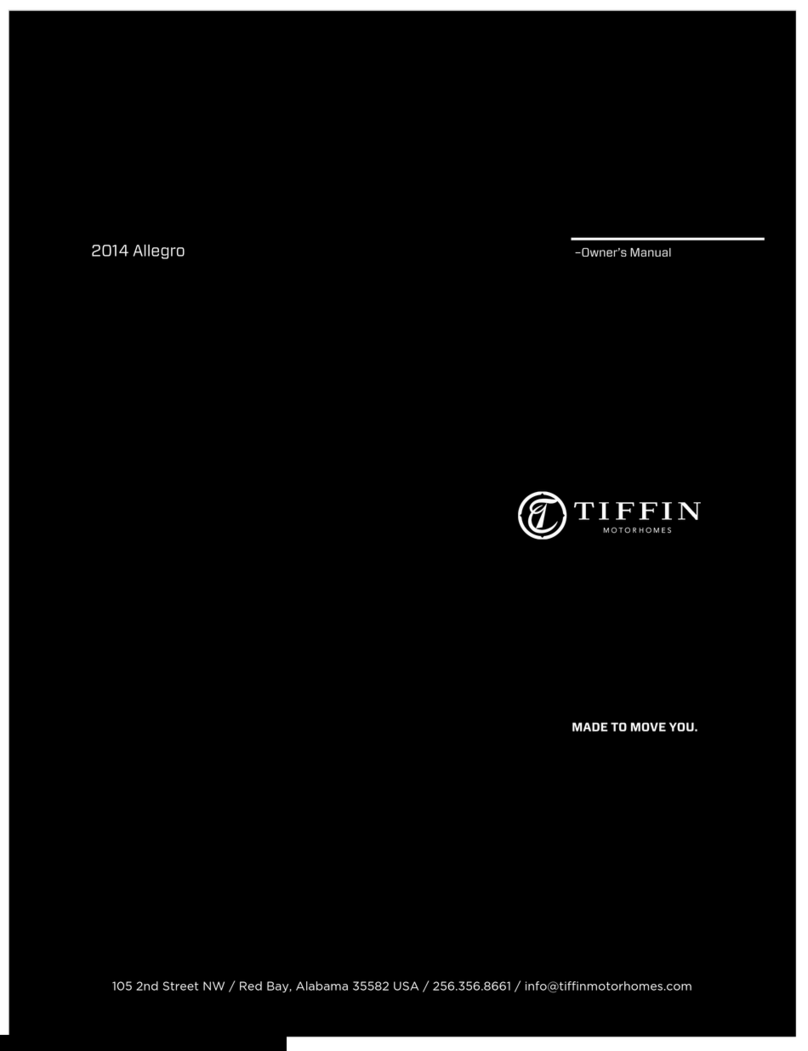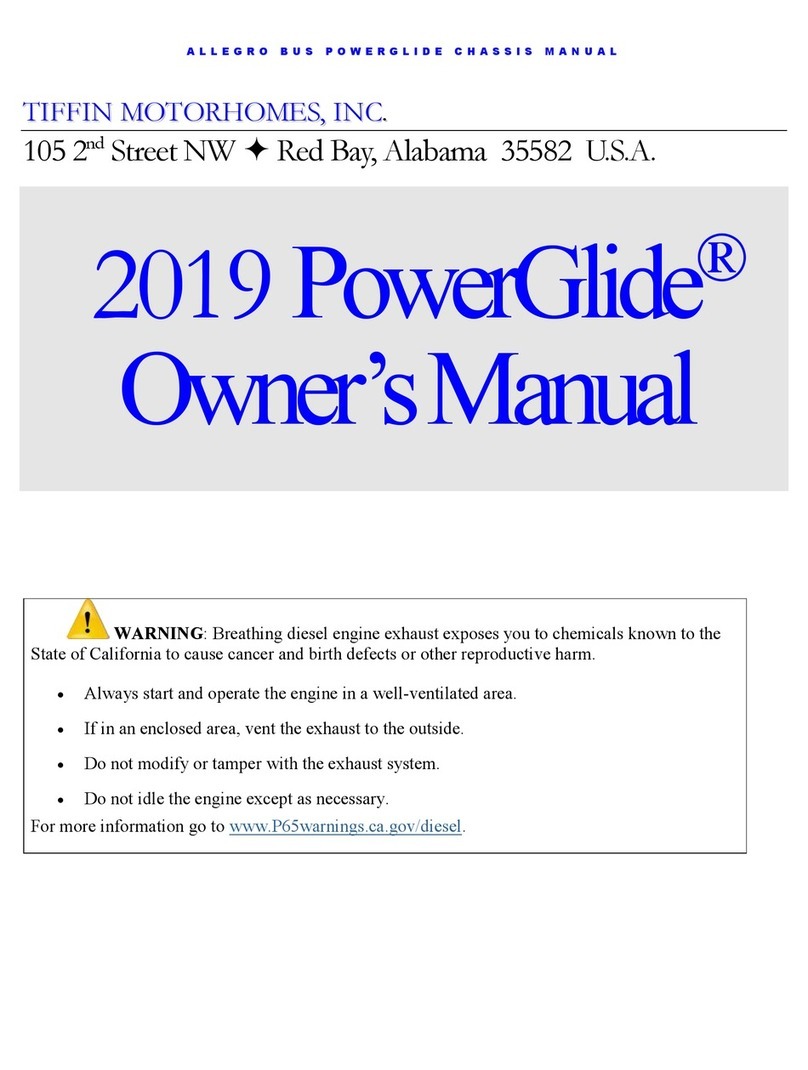Tiffin Motorhomes PowerGlide 2020 User manual
Other Tiffin Motorhomes Motorhome manuals
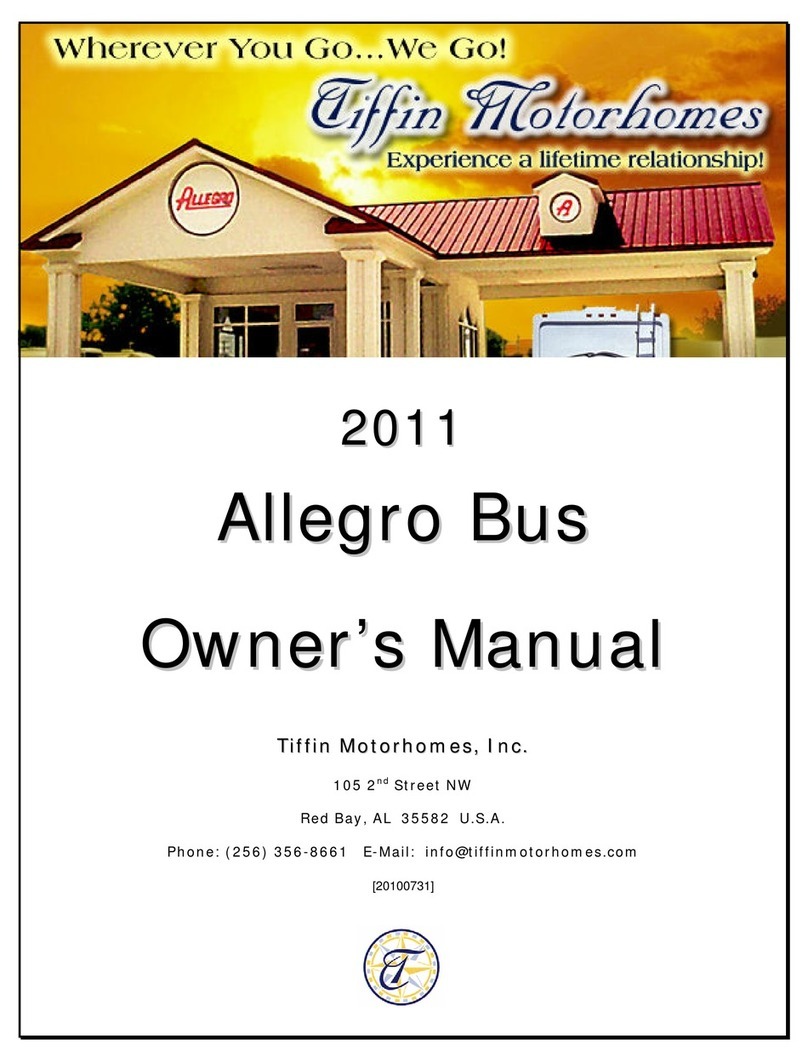
Tiffin Motorhomes
Tiffin Motorhomes Allegro Bus 2011 User manual

Tiffin Motorhomes
Tiffin Motorhomes Allegro Bus 2016 User manual
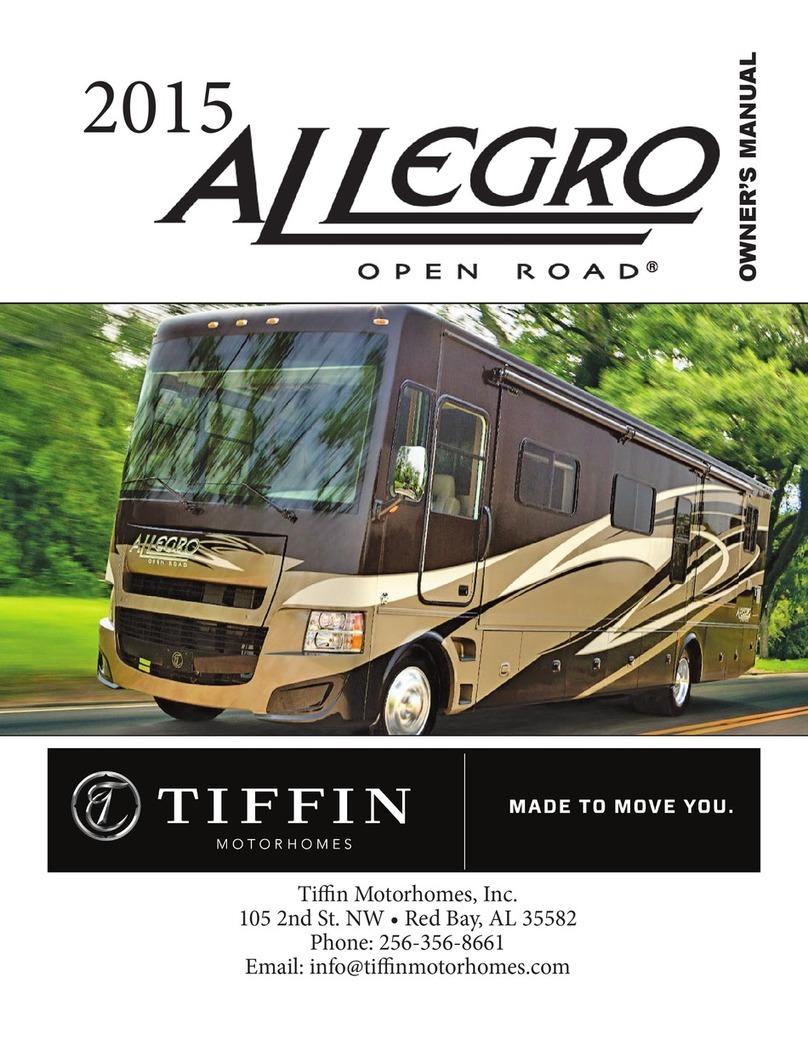
Tiffin Motorhomes
Tiffin Motorhomes 2015 Allegro User manual

Tiffin Motorhomes
Tiffin Motorhomes GH1 2023 User manual

Tiffin Motorhomes
Tiffin Motorhomes 2014 Phaeton User manual
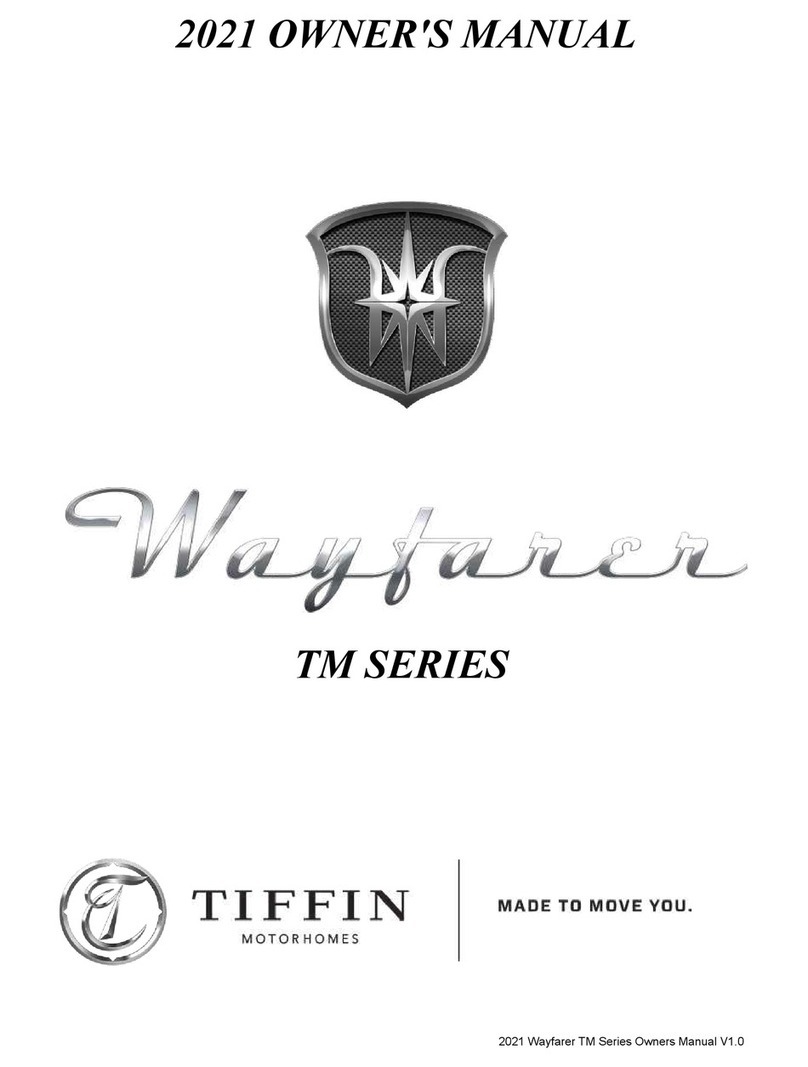
Tiffin Motorhomes
Tiffin Motorhomes Wayfarer TM 2021 Series User manual
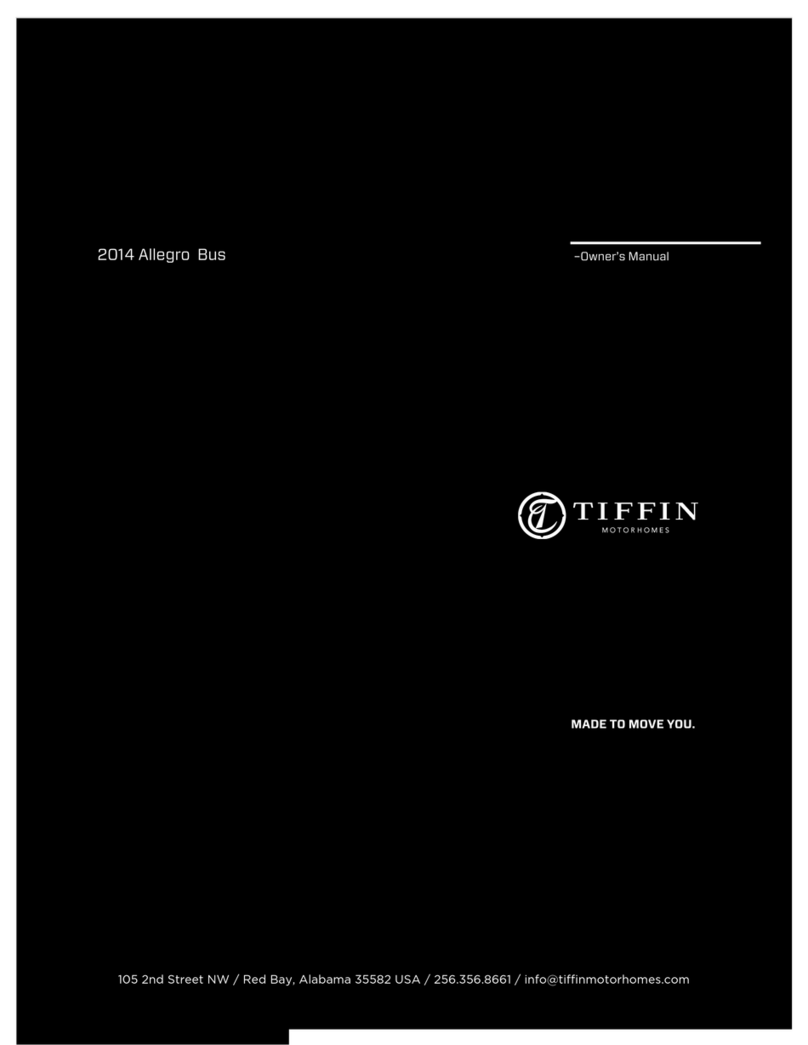
Tiffin Motorhomes
Tiffin Motorhomes 2014 Allegro Bus User manual

Tiffin Motorhomes
Tiffin Motorhomes WAYFARER 2017 User manual
Tiffin Motorhomes
Tiffin Motorhomes VANLEIGH BEACON User manual

Tiffin Motorhomes
Tiffin Motorhomes 2015 Phaeton User manual


